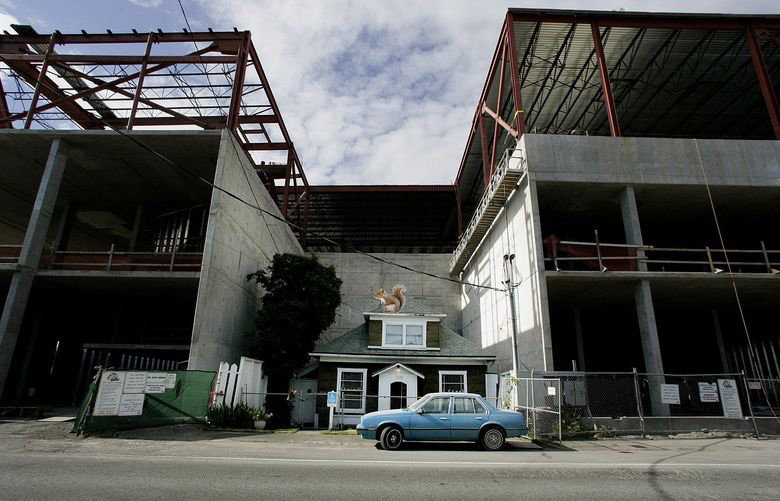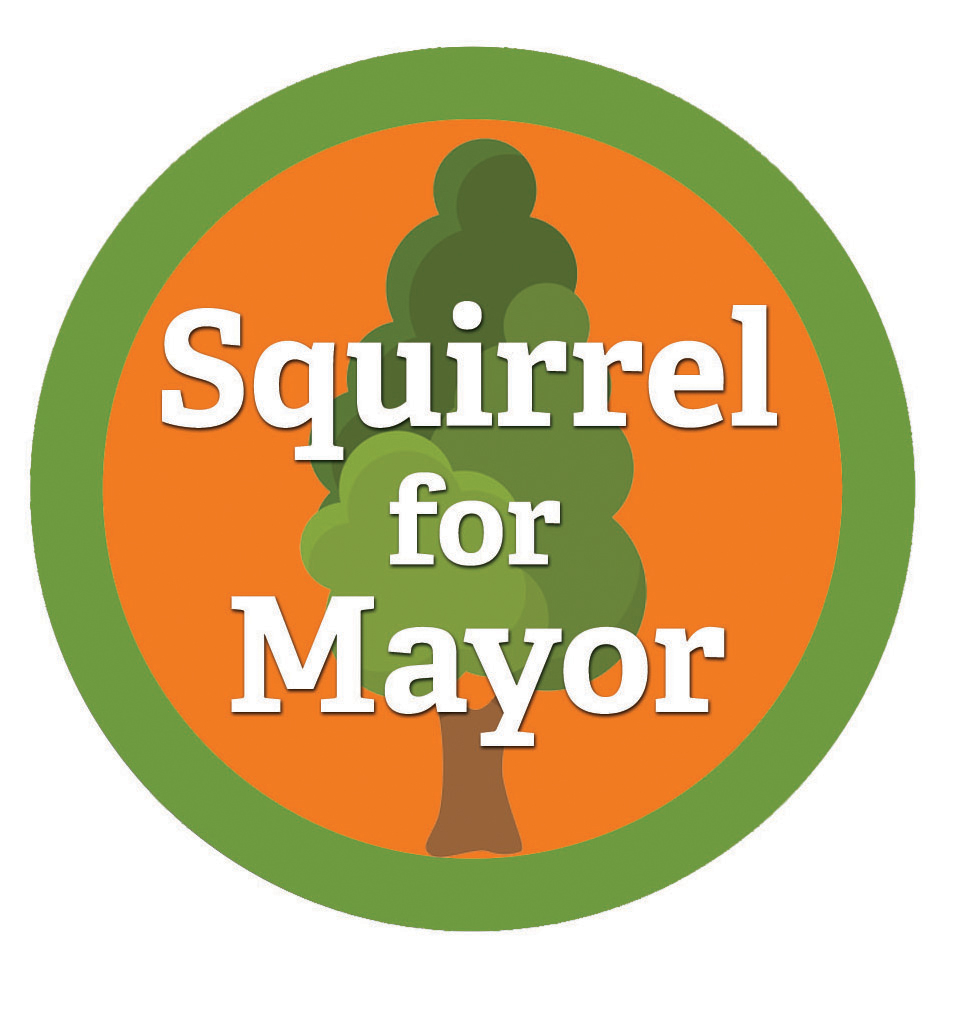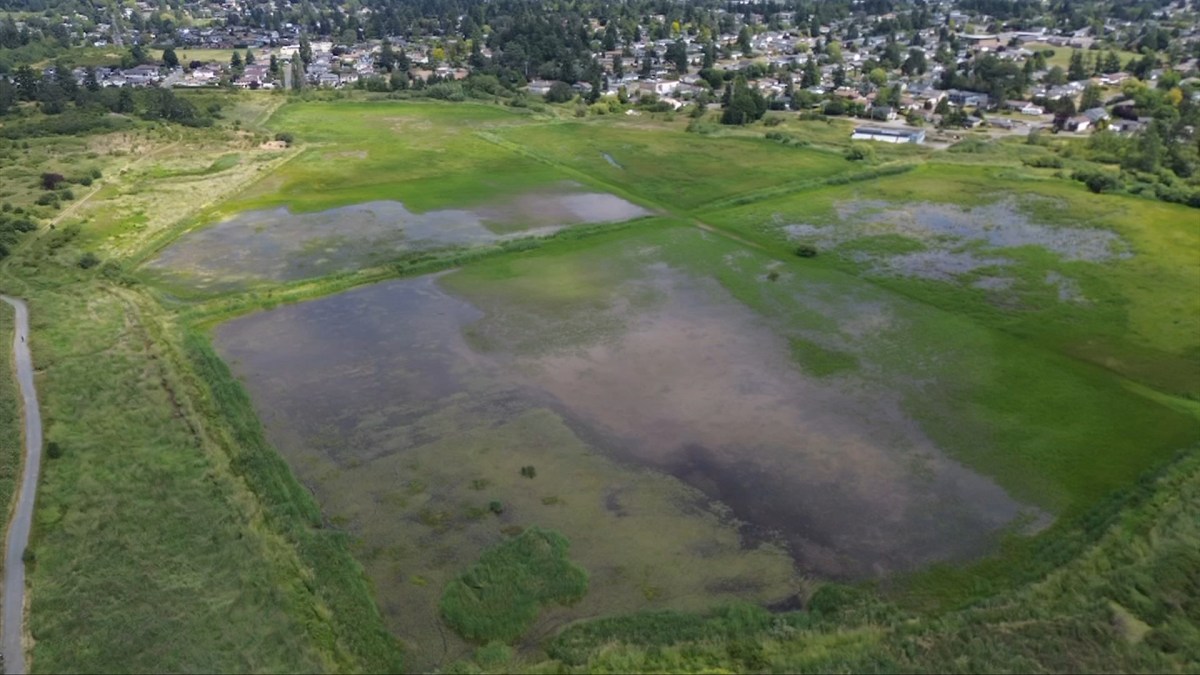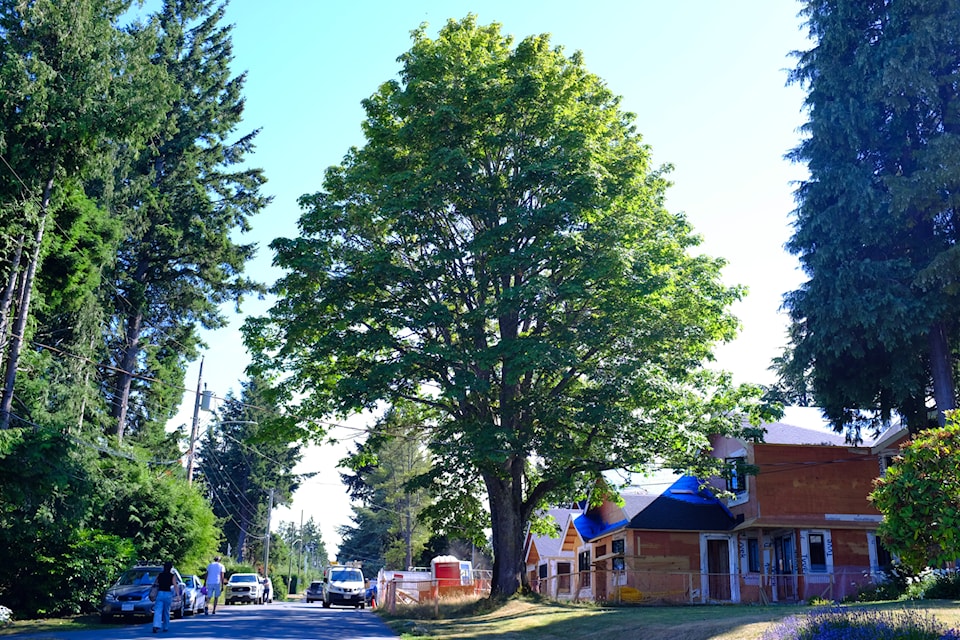Category: Saanich – Urban Forest
-

Urbanists vs. the Nature in My Backyards. District of Saanich – Special Council Meeting for Draft Quadra McKenzie Plan July 7th, 2025.
A Special Council Meeting was held at the District of Saanich’s July 7th meeting regarding the proposed Quadra McKenzie Plan (QMP). More than 100 people packed Saanich municipal hall. Each presenter had three minutes to provide input. The Quadra McKenzie plan, which has been in the works since 2023, will decide how a major chunk Read more
-

Remote Sensing: Garry Oak Species Detection Project
Squirrel for Mayor was at the Victoria International Airport on June 24, 2025 for the Remote Sensing: Garry Oak Species Detection Project with the Garry Oak Meadow Preservation Society and Terra Remote Sensing to launch a Bell 206B3 Jet Ranger, equipped with a Phase One IXM-100 camera for aerial data acquisition to perform Garry oak species detection Read more


